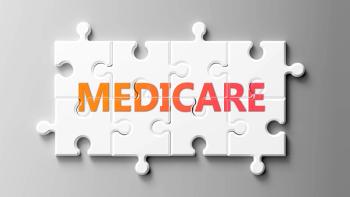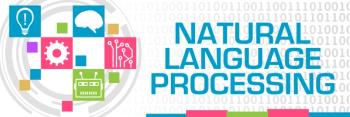
Truth from the Patient Record: Payer-AI Partnerships
Natural language processing is an essential tool in value-based agreement, says an executive at a natural language processing company.
For payers and other risk-bearing organizations, the accurate capture of patient disease risk is essential for ensuring accurate reimbursement and for controlling care costs, particularly for patients with underlying conditions.
However, capturing disease risk is challenging because it requires the extraction of critical information from patient records — and approximately
In the past, payers have depended on costly and time-consuming chart reviews to find and extract key unstructured data from patient records and claims. More recently, however, artificial-intelligence-based tools such as natural language processing (NLP) have played an increasingly important part in enabling payers to scour records for key data that is essential for risk adjustment.
More value-based care, more risk adjustment
The importance of risk-adjustment has grown for payers as value-based care arrangements increasingly proliferate across the health industry, such as those in Medicare Advantage.
Medicare Advantage plans contract with CMS to offer benefits to enrollees, and are reimbursed via a
Overall in 2020, about 60% of healthcare payments included a
NLP is an essential tool for payers that engage in value-based arrangements because it enables tjem to process patient records and extra risk-adjustable diagnoses and the supporting documentation typically buried in unstructured data, driving more accurate risk adjustment.
By giving computers the ability to read, understand, and interpret clinical language, NLP extracts and organizes data from patients’ episodic health records, enabling payers to modernize chart review processes and eliminate antiquated and bloated workflows associated with manually reading a patient record.
One of NLP’s critical advantages is that it enables organizations to process medical records one time, extracting all key data points, then filter and present relevant data based on need, as opposed to multiple reviews by multiple clinicians, researchers, or auditors who are all looking for different pieces of information. Additionally, NLP technology is a key component of interoperability between healthcare information systems, structuring and standardizing health information from a wide variety of sources including claims and patient charts.
3 ways NLP helps payers
In addition to driving more accurate, efficient risk adjustment, NLP’s ability to rigorously extract key unstructured data from patient records holds several other benefits for payers:
Controlling costs. Accurate risk capture is essential for payers to be reimbursed for delivering care to patients with multiple chronic conditions and comorbidities, for example, who by definition have more medical complications and require more expensive care. Combined with predictive analytics, NLP can help payers identify patients, for example, with diabetes and stage-one kidney disease who are at-risk of progressing to stage two. Controlling costs is largely a question of foresight and prevention, and by enabling a more accurate picture of a patient’s health, NLP helps payers identify patients in need of proactive interventions to prevent disease progression. Conversely, NLP helps payers spot patients who have been overtreated, or obtained tests and procedures that are not justified by their diagnoses.
Developing a 360-degree view of patient health. A substantial challenge payers face in developing a full picture of patient health is that patients see multiple care providers, and as a result their data is spread across multiple health records. A diabetic patient, for example, may be frequently visiting with a primary care physician, endocrinologist, dietician, and other providers. By scouring all patient records for unstructured information, payers can calculate the diabetic patient’s total cost of care.
Sharing insights with providers. As payers perform analyses of patient records, they may find numerous data points that could help providers close care gaps. By sharing these insights with clinicians, payers can strengthen provider relationships around the shared goal of improving patient health.
Risk adjustment will increasingly become a point of emphasis for payers as the market for Medicare Advantage and value-based care matures. In turn, NLP will serve as a critical tool for payers to surface hard-to-find insights from patient records that enable them to cut costs and promote more holistic care.
Ketan Patel, M.D. is chief medical officer for
Newsletter
Get the latest industry news, event updates, and more from Managed healthcare Executive.






















































